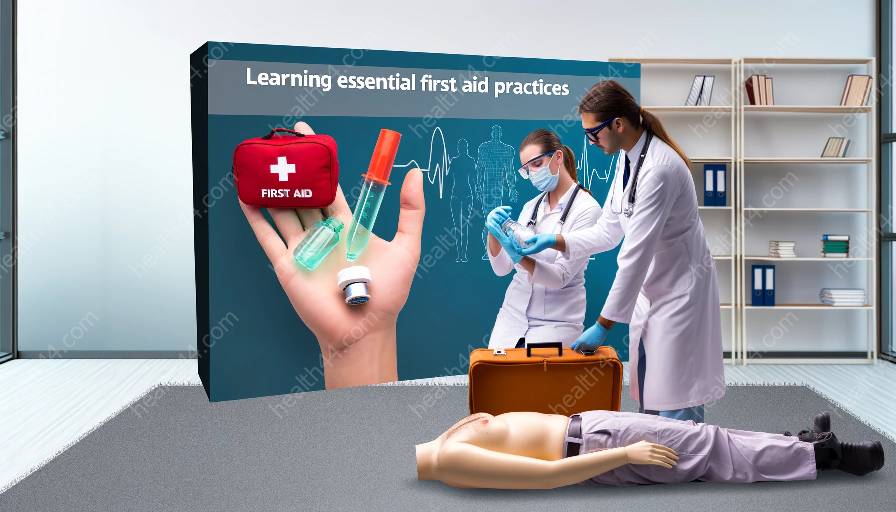Animal bites and insect stings can be common occurrences, and knowing the appropriate first aid measures can be crucial in preventing complications and promoting quick recovery. This comprehensive guide provides valuable insights into dealing with such emergencies, offering practical tips and advice for effectively managing animal bites and insect stings. From initial assessment to treatment and prevention, this topic cluster covers various aspects of providing first aid for these situations. Whether you're a health educator, medical professional, or simply interested in gaining knowledge in first aid, this resource can serve as a vital reference. Read on to discover the essential first aid measures for animal bites and insect stings.
Understanding Animal Bites
An understanding of the nature of animal bites can help in providing effective first aid and preventing potential complications.
Assessment and Immediate Actions
When it comes to animal bites, the first step is to carefully assess the situation. Approach the victim with caution and ensure personal safety before providing assistance. It's important to identify the type of animal involved and assess the severity of the bite. In cases where the animal is still a threat, ensure that the victim is in a safe location before administering any aid.
Once the victim is secure, immediate actions such as cleaning the wound with mild soap and water or a saline solution can help reduce the risk of infection. If the bite is deep or bleeding heavily, applying direct pressure with a clean cloth or bandage can help control the bleeding.
Treatment and Follow-Up Care
Seeking professional medical evaluation and treatment is crucial, especially for deep, puncture, or severe bites. A healthcare provider can assess the wound, determine the need for antibiotics or tetanus vaccination, and provide appropriate wound care to prevent complications. It's essential to monitor the wound for signs of infection, such as increasing pain, redness, or swelling, and seek medical attention if any concerning symptoms develop.
Prevention
Preventing animal bites involves practicing caution and respecting animals' boundaries. Educating the community about animal behavior and safety measures, especially around unfamiliar or potentially aggressive animals, can help reduce the risk of bites. Additionally, promoting responsible pet ownership, including proper vaccination and training, can contribute to preventing animal-related injuries.
Dealing with Insect Stings
Insect stings can cause mild to severe reactions, and proper first aid can help alleviate symptoms and prevent complications.
Initial Response and Relief
After an insect sting, it's important to promptly remove the stinger if present and clean the affected area with soap and water. Applying a cold compress or ice pack can help reduce pain and swelling. Over-the-counter antihistamines or topical creams may provide relief from itching and discomfort, but individuals with severe allergic reactions should seek immediate medical attention.
Medical Care and Allergy Management
For individuals with known allergies to insect stings, carrying an epinephrine auto-injector (EpiPen) and seeking prompt medical attention in case of a sting is crucial. Healthcare providers can administer appropriate treatment, such as antihistamines or corticosteroids, for severe allergic reactions. It's important for individuals with a history of severe allergic reactions to work with healthcare professionals to develop an allergy action plan and know when to use emergency medications.
Prevention Strategies
To minimize the risk of insect stings, individuals can take preventive measures such as wearing protective clothing, using insect repellents, and avoiding known nesting sites or areas where insects are abundant. Educating the public about the proper response to insect stings and recognizing allergic reactions can contribute to effective prevention and management of these incidents.
Conclusion
First aid for animal bites and insect stings encompasses various considerations, from initial assessment to follow-up care and prevention strategies. By familiarizing oneself with the appropriate first aid measures and promoting awareness within the community, individuals can play a vital role in ensuring timely and effective management of these emergencies. Whether in a healthcare setting, educational environment, or everyday life, the knowledge and application of first aid for animal bites and insect stings can lead to positive outcomes and improved well-being for both humans and animals alike.



